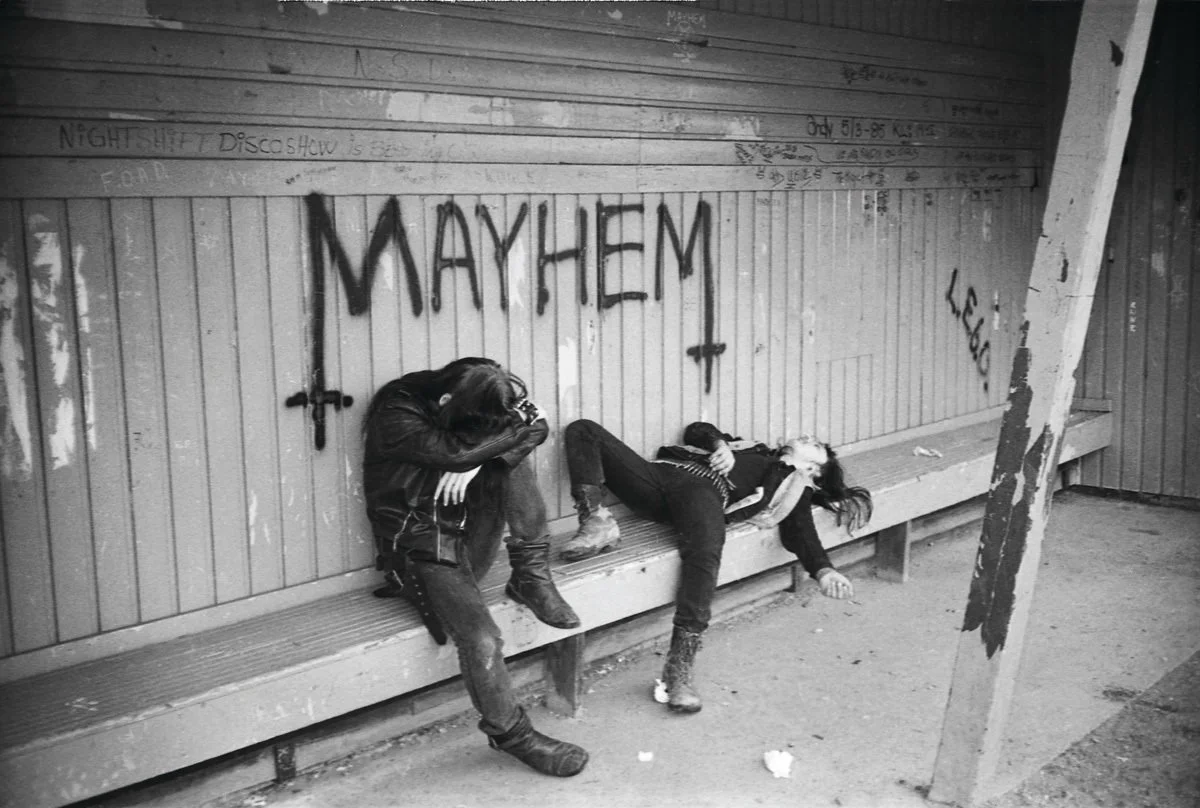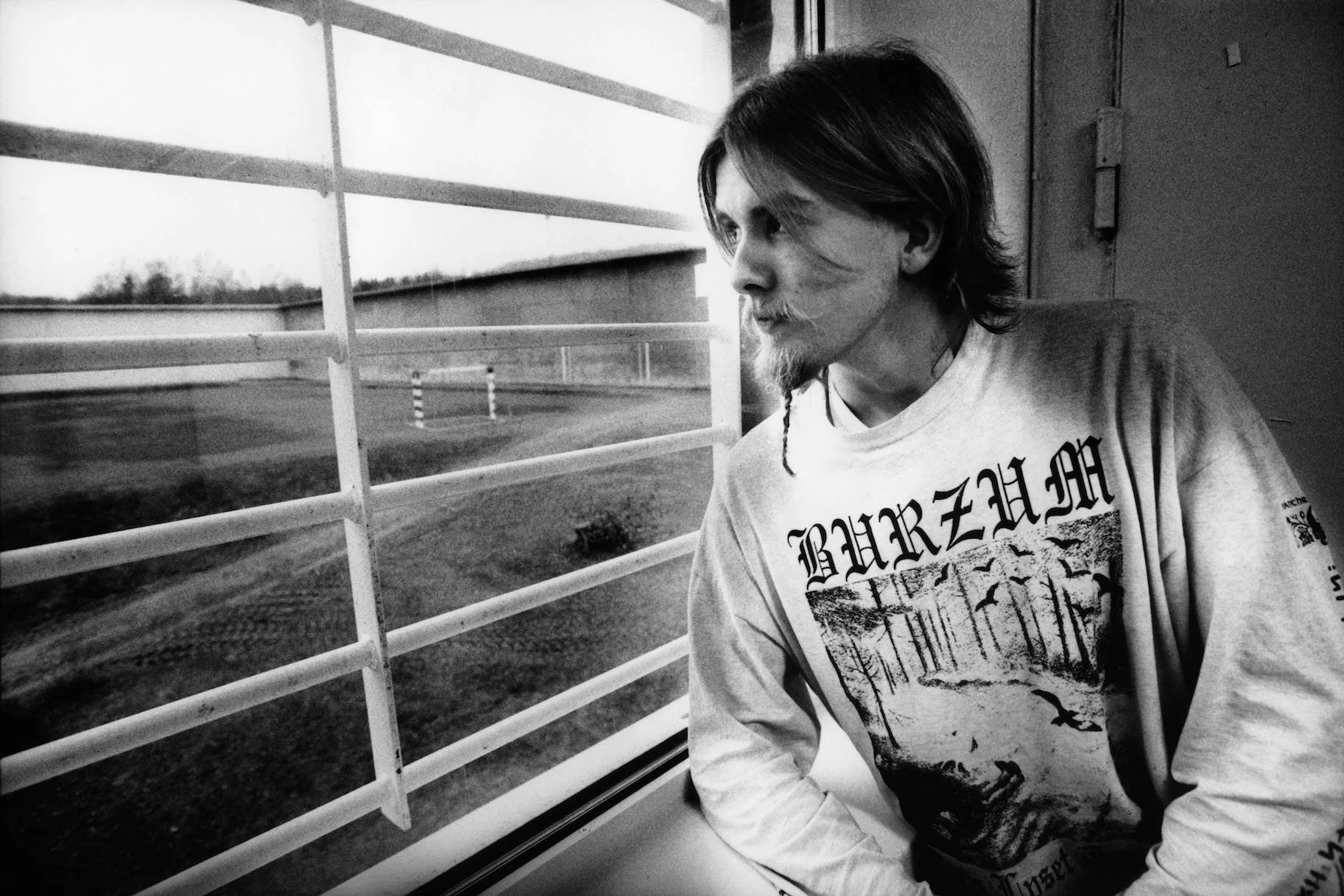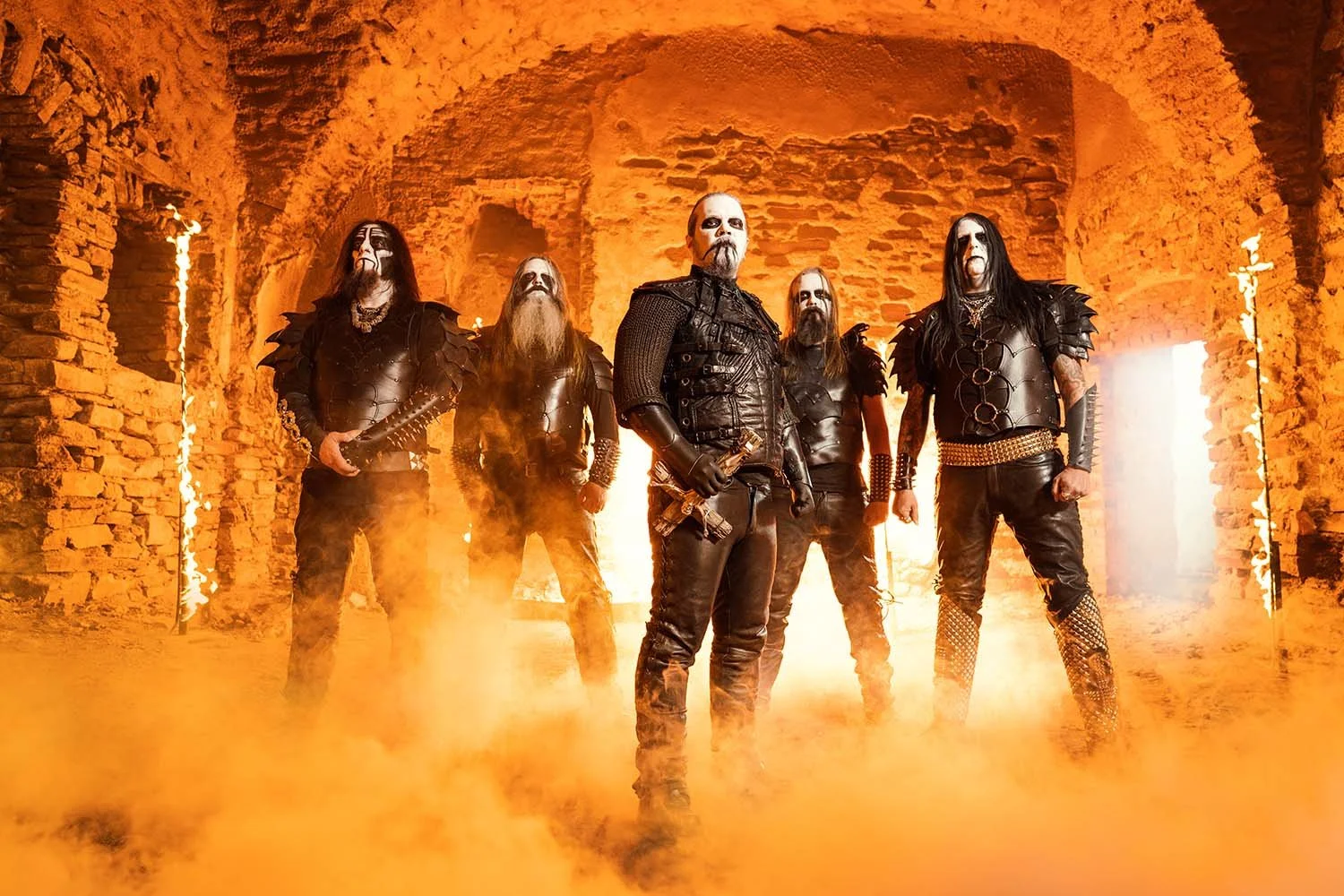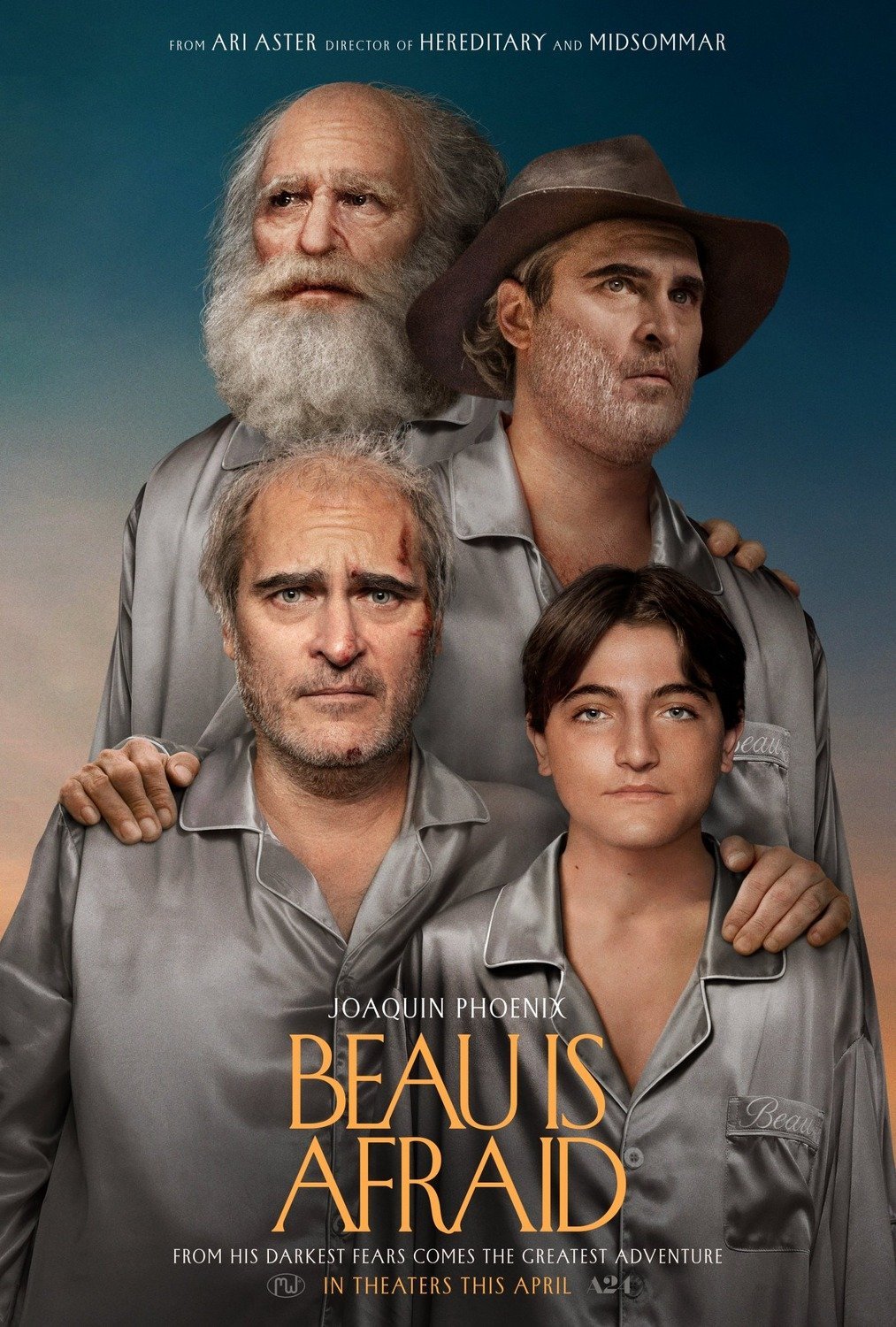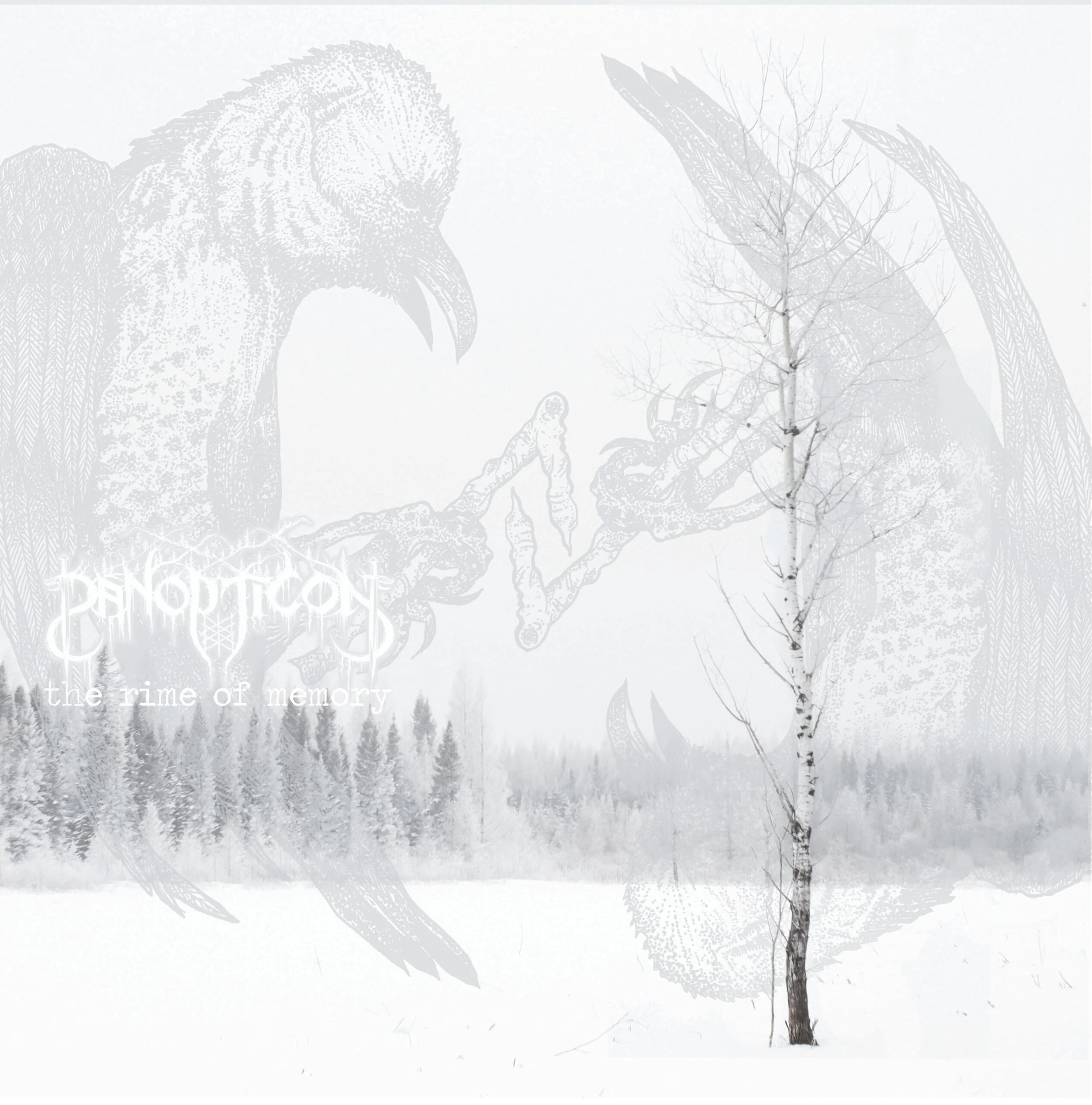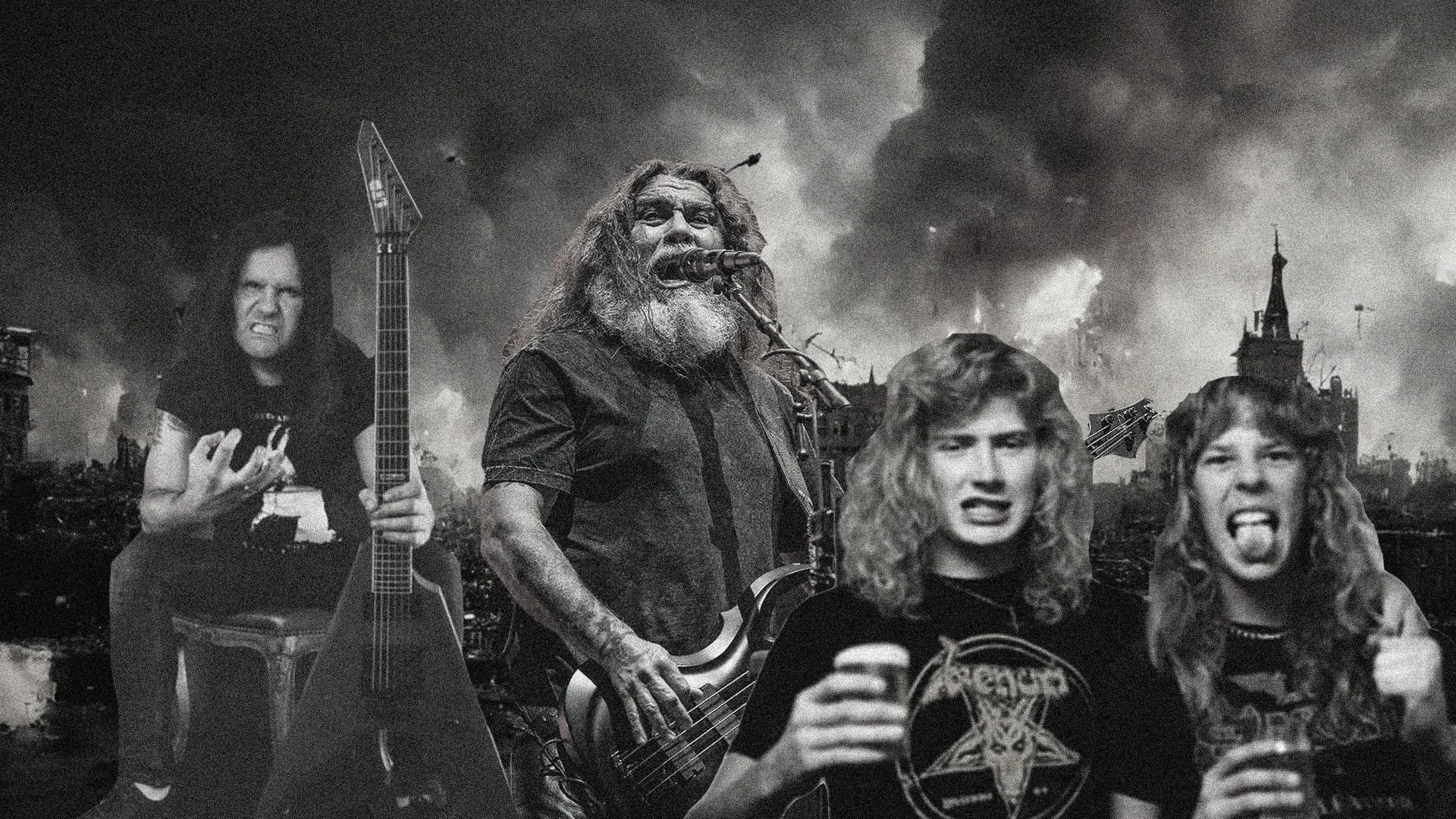A Subjective History of Black Metal
Once the great metal arm’s race to become the most extreme band on planet Earth started, it was only a question of time before we’d arrive to black metal.
Although it has been quite maligned and clowned over the last twenty-five years or so, black metal has been, culturally at least, the most dominant and influential force in extreme metal. There are several reasons for this: the almost cultlike devotion to artistic integrity of its forefathers, its (often problematic) rejection of the musical and social norms and, most important, it was, for a time, dangerous music played by dangerous people and there’s nothing more rock n’ roll than a feeling of danger. People love that shit. Being an asshole has always been a great way to kickstart a counterculture.
But despite being combustible on the surface, black metal has endured and is still alive and thriving today, for better or worse. It has been the most interesting thing happening in metal, but we’ve been drifting away from this era for maybe eight or nine years now? I know it’s been discussed, deconstructed and overanalyzed all over popular culture, but here is nonetheless my apocryphal history of black metal.
First Wave: Venom, Bathory and the bastard children of Lemmy Kilsmister
It’s a common theme by now, but the fatherhood of black metal is a hotly debated topic.
That debate is dominated today by British band Venom, who are its only protagonists left alive. But as it was the case for Possessed and death metal, Venom are more spiritual fathers to the genre than its innovators. Here’s something most black metal histories won’t tell you: they’re a bad band. Venom weren’t trying to pioneer anything back then, they were a bad Motörhead worship unit with quite theatrical ideas about how metal musicians should present themselves and behave on stage. They wanted to be cultural boogeymen.
Venom were (and still are) terrible musicians, their albums are horribly recorded and had a punk rock ethos about it all. They played fast and hard. That was their appeal. If Motörhead pioneered playing loud and fast, Venom built an extra floor on that castle of extremes by being as dark and transgressive as it was conceivable at the end of the seventies. I’m not saying that solely to shit on them. They were (and still are) a bad band, but their disregard for their own product introduced some ideas that would become paramount to black metal.
But yeah, if you listen to Venom today… you won’t find many aesthetic similarities to anything you know and love about black metal. Their heritage is logistical and thematic. They were the first to come up with the name for their 1982 album Black Metal, they recorded poorly, but with a lot of energy and they acted the part. If Ozzy Osbourne and Bruce Dickinson talked about the devil like he was something to be feared, Venom embraced him like their religious leader. They inspired something that would have a completely other sound, but that looked like them.
Fun fact, they’re not quite listed as black metal on Metal Archives. They’re listed as NWOBHM, traditional heavy metal, speed metal and black metal, which feels about right. Unwittingly inventing stuff is a recurring theme in extreme metal.
Swedish pioneers Bathory are the other contender in this black metal fatherhood debate. They’re more and more often disregarded as time goes by because its founder Quorton died of heart failure in 2004. He was only 38 years old. Now Quorton was obviously influenced by Venom, but he didn’t embrace theatricality in the same way they did. Atmosphere was more important than Satanic shenanigans to him. His debut record has important similarities with Venom’s Welcome to Hell, but he played better, his compositions were also notably tighter and he was a better performer overall.
His second album Under the Sign of the Black Mark sounds a lot closer to what would eventually become black metal. The riffing is a lot less melodic, the patterns are more circular and obsessive. It doesn’t feature blast beast or tremolo picking because they weren’t quite features of black metal then, but you can hear in the composition of Bathory’s songs how it would eventually fit. He had synths on it too. Black metal wouldn’t be what it is today without Bathory making a bridge between Venom and the Scandinavian scene that was about to blow up.
I wouldn’t end this section without mentioning the most influential extreme metal band of all-time Slayer. Whether you wanna admit it or not, they had their part to play in the progression of every extreme metal genre. They brought forward the Satanic aesthetic and extreme lyrical themes almost before everybody else. Slayer also pushed the boundaries of how extreme music could be and were super influential in the creation of death metal and black metal because of that. I know Mercyful Fate wore corpse paint before it was cool, but it was incidental. They didn’t have a black metal bone in their body and still don’t.
Second Wave: Extreme Music for Extreme People
Once again, it all started with an accident. Sort of.
When Norwegian teenagers in Mayhem recorded their iconic EP Deathcrush, they were actually trying to write a death metal record. Except they didn’t know how to write or perform death metal and they had a pretty terrible singer that sounded like an animal being tortured. They were kids having fun. None of this would’ve mattered and this EP would’ve been quickly forgotten if one of them wasn’t an absolute naive genius of a riff writer and a weirdo charismatic leader. So, a failed death metal EP recorded by what used to be a teenage Venom cover band started a revolution.
Because the riffs on this bad boy were straight fire. Øystein Aarseth was eighteen or nineteen years old when he wrote the riffs to Deathcrush and he didn’t have the self-awareness to feel like he needed to write complex or technical stuff in order to have the respect of his scene. He didn’t even have a scene. So he wrote fun, blunt, almost rock n’ roll riffs as a canvas to some of the most grim and violent songs ever written. Deathcrush, Necrolust and Chainsaw Gutsfuck (yes, that is a song title) are not the most complex songs ever written in black metal, but holy fuck aren’t they some of the most fun?
Aarseth was somewhat of an innovator and a charismatic leader, so many of the interesting young musicians in Norway started gravitating around him and his record store Helvete. I’m not going to repeat the story you can find in so many other outlets, but a lot of the kids who hung out at Helvete ended up pioneering the form. Ihsahn from Emperor started including complex song structures and nerdy ass prog stuff to black metal like clean vocals and odd time signatures. Fenriz from Darkthrone incorporated excessive tremolo picking and circular, obsessive riffing, which were going to be both copied and built upon in the following decade.
Point is, the aesthetic these kids were developing was cold, abrasive and counterintuitive. The point was to make it as unpleasant to listen to as possible. The songs were long and poorly recorded. They were vile and blistering. The point was to make it as extreme and uncompromising as possible, so that it was only attractive to a certain type of people. It called whoever felt called by it and alienated the living shit out of the rest.
Well, these guys ended up burning churches, murdering people and murdering one another and this is an important part of the story. It would be foolish not to mention it. A lot has been said about how it became cool to be extreme started and Øystein Aarseth has been mostly blamed for it, but it became cool to be ideologically extreme and violent because one of the best and most creative musicians in black metal. One of its forefathers was the most extreme and violent guy there was in there.
Some guys were non-violent, though. Switzerland’s Paysage d’Hiver’s been in the game for like 30 years or so and all he wants to do is create melancholic music and he’s pretty fucking awesome at it. Gorgoroth are not exactly non violent, but they’re non ideological. They made the headlines for years for their Satanic antics. Their singer Gaahl has been to jail most seemingly to prove people that he was evil, but they were never into serious hatred.
Let’s talk about Burzum for a little bit
So yeah, Burzum is somewhat of the elephant in the room whenever we’re talking about black metal. They’re a one man band and perhaps the most influential band in black metal, but Varg Vikernes is also a murderer and a nazi. I know. This sucks, because the music is fucking great.
I know, the dude fucking sucks. I haven’t listened to Burzum in fifteen years or so because giving money and exposure to a nazi makes me fucking sick, but come one. If you like black metal, Burzum is a no brainer. The first four albums are some of the best music ever recorded in the genre. It sucks, but let’s admit it. Early Buzum is musically awesome and most of the black metal you listened to in your life is influenced by it, directly or not.
Presumably because he was a weirdo who didn’t go out much, Varg pioneered the use of keyboards and other weird instruments in black metal that created eerie atmospheres. The aforementioned atmospheres and the emotions they communicated were the point of Burzum’s songs. Not necessarily musicianship, which spoke to a lot of people. Not everyone knows how to play a goddamn instrument, but everyone has feelings and whoever drifts toward black metal is struggling with feelings of melancholy and misery, that I can tell you. Because of that, a lot of people revolving around black metal thought it was the coolest and most extreme thing to be a nazi and the genre has had a problem with neo-nazi scenes since.
I’m aware that extreme music begets extreme people. It’s not exactly surprising that nazis enjoy misanthropic music because not a whole lot of people like nazis. But still. It sucks that it became so ideological outside of Satan -> good/God -> bad. Let’s stop talking about this guy. Forever.
Non-Dogmatic black metal
As black metal became more popular, some bands emerged that actually wanted to be popular. That didn’t want to live in the basement of a dilapidated house, record on Playskool gear and flip off whoever smiled at them. These bands signed with labels and turned a product that was pretty different given the conformity in the scene.
Norway’s Dimmu Borgir was one of the first bands to make it big with their (at the time) unique brand of symphonic black metal. They explored so many different layers and possibilities that eventually became stalwarts of black metal. My favorite album from them is Puritanical Euphoric Misanthropia, where they incorporated industrial and electronic elements to their already very theatrical style. That’s the thing with black metal. One of the things that made it one of the (if not THE) most pervasive force in extreme metal is that it goes with everything. Basement weirdo purists be damned.
Cradle of Filth is another band that democratized black metal for better or worse. They were never a pure thing in the Darkthronian sense of the word. Dani Filth’s music was always luxuriant and goth and dungeon synth-y. He said himself that he wanted to distance the UK sound from gloomy bands like My Dying Bride and Paradise Lost. As Filth gradually watered down the most extreme elements to his music to create more of a symphonic goth metal aesthetic, fans reverse-engineered their way through the band’s discography and eventually found out the good.
Sweden’s Marduk (also kinda sus) and Dark Funeral were also important to this emancipation from the troglodyte caves. They pioneered the Norsecore sound, which is straightforward, loud, booming and overwhelming. It’s a style of black metal that prioritizes brute force over complexity and atmosphere. It’s kind of an acquired taste.
Twenty-first century black metal
So where is black metal now?
It’s tough to say, because a lot of the popular bands today are the bands who were popular then or offshoots of. Bands like Mayhem and Dimmu Borgir are still huge in 2023. Darkthrone is still releasing records and holy fucking shit, they’re still awesome. The Ruins of Beverast is technically a new band and released the album of the year in 2022, but he’s an ex-member from old German black metal band Nagelfar.
The newer, popular black metal bands have created their own hybrids, like blackgaze for example. French outfit Alcest were pioneers in that regard, but it’s Californian juggernauts Deafheaven that most people think about when the genre is being discussed. But we’re not gonna get into it right away. Post-black metal and black gaze are gonna get their own article as well as DSBM for those who were wondering why I haven’t talked about Shining or Lifelover yet.
I believe the biggest "pure" (they’re not really pure) black metal band of the last twenty years is UK’s own Anaal Nathrakh, who have consistently delivered the meanest, most extreme and conceptually loaded music of the century. Anaal Nathrakh is basically two dudes. One lyricist and vocalist (Dave Hunt) and one guy that does everything else (Mick Kenney). They arrived out of nowhere with a mix of black metal, grindcore and industrial on The Codex Necro and changed the game overnight. Well, the game belongs to them since. Some bands have been more violent, but no one has been more emotional and conceptually loaded than them. Listening to their albums is great, but it’s also draining.
Anaal Nathrakh also (somewhat) pioneered the use of clean vocals in black metal songs. No one had the gall to do it before they did and the over-the-top, grandiloquent way they implemented them really worked and opened up so many possibilities. Dave Hunt even started singing in Travis Ryan-like falsetto a couple years ago on A New Kind of Horror, which was another breakout moment for the band. They are so influential on modern extreme metal, they transformed and modernized the extreme aspect of the sound with more authority than anyone else.
I’m probably going to be missing a lot of names because I’m writing this history partly from my own experience, but the other big band I want to point out is MGLA (pronounced MGWAAAH). The Polish guys who were outed for KINDAAA being nazis, but no one’s really sure if they were fucking around or not (there’s a lot of nazi bands from Poland, though). It’s one of the most fun, intricate and technical bands in the game today. Their compositions are long, epic and existentialist. It’s really hard to dislike these guys musically as their sound embodies the integrity and the inherent pain that made black metal such a magnetic force in extreme metal. Their riffs also really slap.
There’s a strong american scene too, but as far as cultural impact I don’t think they were that important except maybe Xasthur and Leviathan for DSBM.
So, without further ado. Five songs to help you understand the history of black metal.
Bathory - Massacre : You can properly hear the influence of thrash metal riffing and song structure in this song although the change in tone and atmosphere are perceptible too.
Darkthrone - Transilvanian Hunger : Terrible production, loopy, obsessive riffs, longer song with an erratic structure. This is a perfect example of that uncompromising raw black metal that was so popular in the early nineties and that became crucial to the genre.
Dimmu Borgir - Puritania : A better produced, more bombastic take on Norwegian black metal that mixed symphonic and industrial influences in. It’s as unlikely as it is fun and on point. Dimmu are overdoing it often, but they nailed it here.
Anaal Nathrakh - Forging Towards the Sunset : A grinding and pummeling take on the more melancholic roots of black metal, but not without its moments of beauty. It’s the scope of what Anaal Nathrakh is doing that makes them so mesmerizing.



